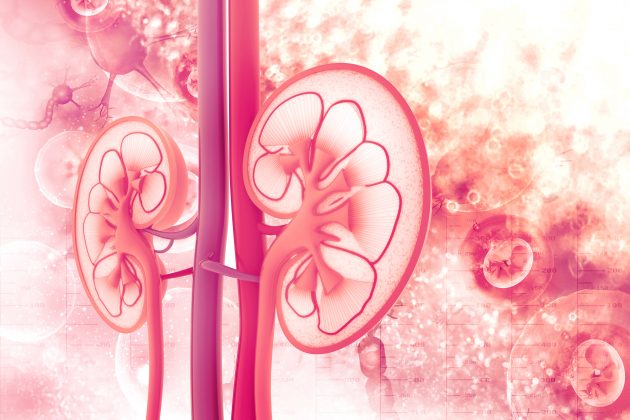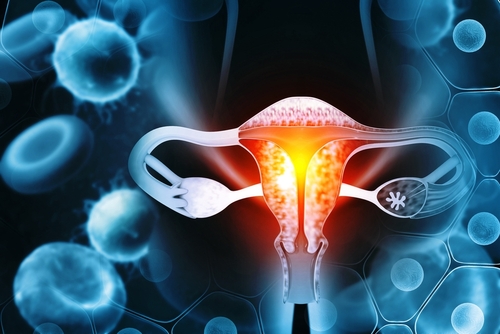From the Field
In early October, I listened to a webinar in which the goal was to provide participants with a high-level overview of the recently finalized Centers for Medicare & Medicaid Services (CMS) ESRD [end-stage renal disease] Treatment Choices (ETC) Model. The presenters did a great job condensing a large amount of information into the 1-hour time slot that was allotted for the webinar. In addition to the very basic understanding I had of how the ETC Model is designed to work, I also had the distinct feeling my head may explode from trying to process so much information in one sitting. As the details of the ETC Model are many and complex, I would strongly recommend additional reading on this topic—particularly for clinicians who manage patients with kidney disease and those in the dialysis facility industry.
What is the ECT model?
The final rule for Specialty Care Models (42 CFR Part 512) states that, “The ETC Model will be a mandatory payment model focused on encouraging greater use of home dialysis and kidney transplants in order to preserve or enhance the quality of care furnished to Medicare beneficiaries while reducing Medicare expenditures.”
The ETC Model encourages the use of home dialysis and kidney transplants by using two different payment adjustments—the Home Dialysis Payment Adjustment (HDPA) and the Performance Payment Adjustment (PPA). Home dialysis and home dialysis related Medicare claims from participants in the ETC Model with claim service dates from January 1, 2012, through December 31, 2023, will receive a positive adjustment, ranging from 3% to 1%, through the HDPA. This positive adjustment is intended to encourage expansion of home dialysis programs.
Payment adjustments related to PPA will be applied to claims for dialysis and dialysis-related services with claim service dates from July 1, 2020, through June 30, 2027. The PPA adjustment can be either positive or negative and is based on a provider’s transplant waitlisting and live donor transplant rates as well as home dialysis rates. The PPA adjustment can range from a positive 8% adjustment to a negative 10% adjustment.
In addition to the payment adjustments under the ETC Model, the Kidney Disease Education (KDE) benefit has been expanded. Social workers and nutritionists under direction of and incident to nephrologists have been added to the roster of providers that can offer KDE services. The beneficiary eligibility for the KDE benefit has been expanded from only those with stage 4 chronic kidney disease (CKD) to include beneficiaries with CKD Stage 5 or beneficiaries within six months of end-stage renal disease onset.
Who will participate in the ETC model?
Prior to CMS publishing the proposed rule for the ETC Model, it was thought CMS would be taking applications for this model as they have for other payment models in past years. Several of the dialysis programs we serve at Sceptre Management were eager to apply for and participate in the ETC Model. One of our clients was so eager to participate that she began working to open a new home dialysis program in a remote area. Her home program is now open, but will not be able to participate in the ETC Model due to its geographic location.
Selection to participate in the ETC Model was determined by randomly selecting Hospital Referral Regions (HRRs). Any ESRD facilities or managing clinicians located within the selected HRRs have been mandated to participate. There are several exclusions to the ETC model, including beneficiaries that are 75 years or older, have elected hospice, or reside in skilled nursing facilities. Additionally, there is a low volume provider exclusion for dialysis facilities and nephrologists with fewer than 11 attributed beneficiary years (or 132 months) in a 12-month measurement year.
Why is participation in the ETC model mandatory?
Generally speaking, CMS payment models with negative payment adjustments, such as those found in the ETC Model, have historically not been mandatory for dialysis facilities. The recent Quality Payment Program and the Merit-Based Incentive Payment System are mandatory for qualifying clinicians, but there are many tools and resources available to aid in avoiding a negative payment adjustment.
The final rule for Specialty Care Models states that the rationale for a mandatory payment model was that CMS seeks “To test the effect of payment incentives on availability and choice of treatment modality among a diverse group of providers and suppliers.” Additionally, the final rule states that CMS believes that “Participation in these models by a large number of providers and suppliers with diverse characteristics will result in a robust data set for evaluating the models’ proposed payment approaches.”
The ETC Model feels very different from other ESRD payment models I have encountered over the past 12 years. I believe that the dialysis market in the selected HRRs will most definitely look different at the end of the ETC Model.
Sarah Tolson is the director of operations for Sceptre Management Solutions, Inc., a company specializing in billing for outpatient ESRD facilities, nephrology practices, and vascular access. Your questions are welcome and she can be reached at stolson@sceptremanagement.com, 801.775.8010, or via Sceptre’s website, www.sceptremanagement.com.
Credit: Original article published here.









